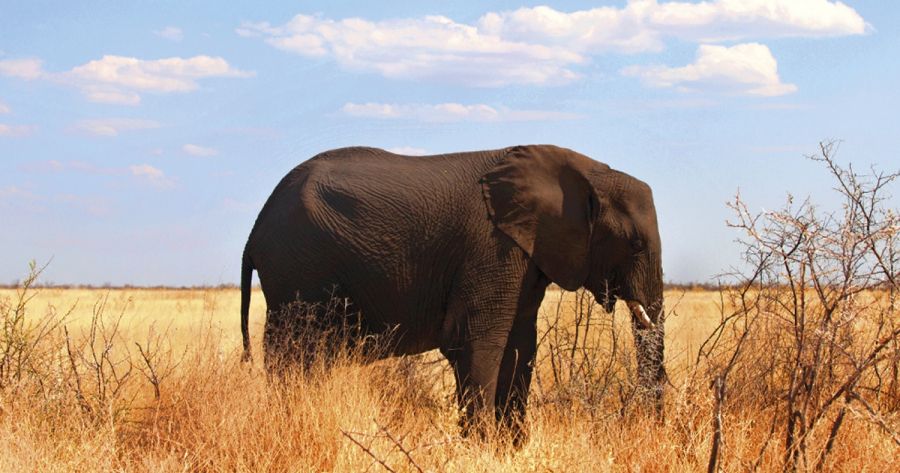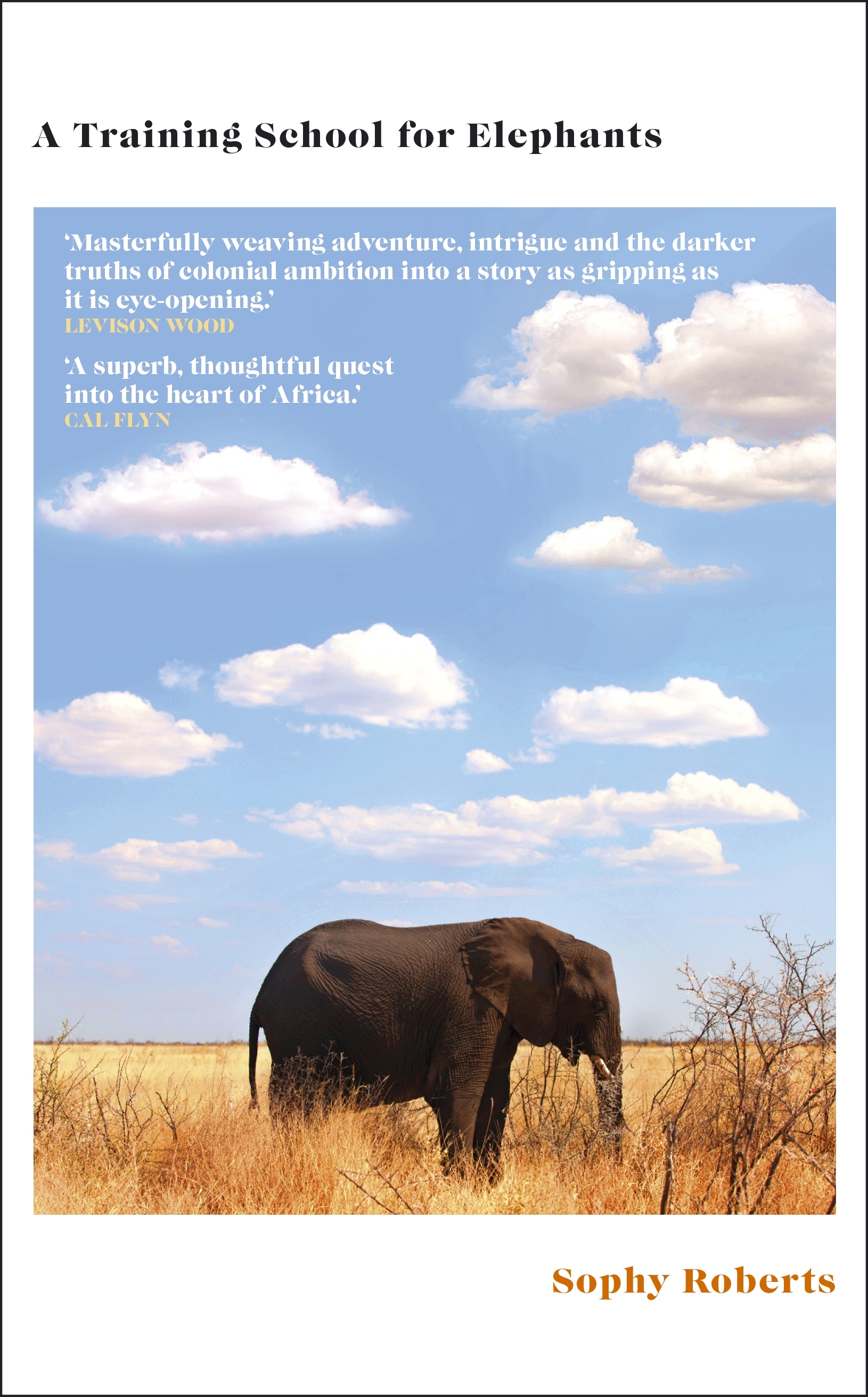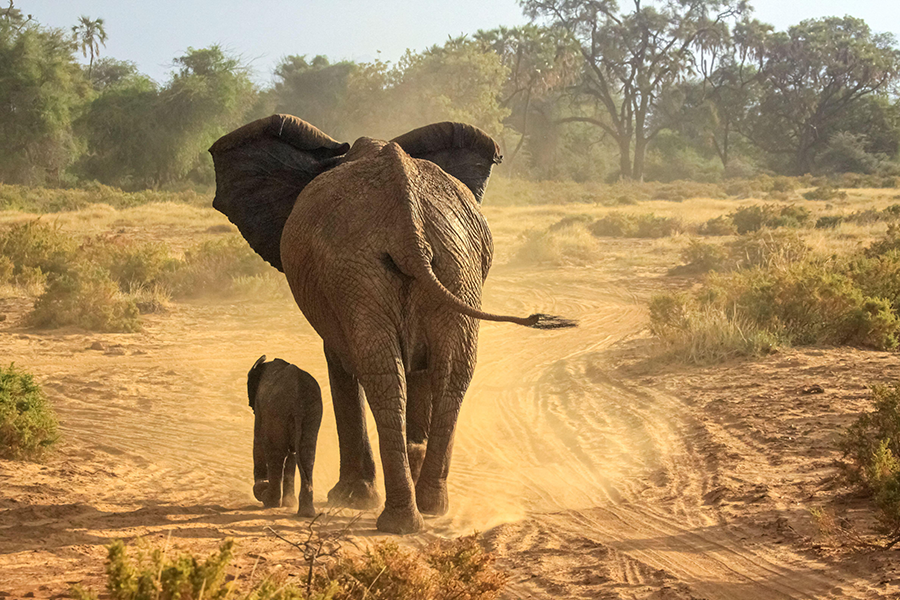
- Free Article: No
- Contents Category: Africa
- Review Article: Yes
- Article Title: Colonial forays
- Article Subtitle: Tracing King Leopold’s African expedition
- Online Only: No
- Custom Highlight Text:
Belgium’s history with what is now the Democratic Republic of Congo is one of brutality and exploitation. In 1885, Leopold II, King of the Belgians from 1865 to 1909, became the sole owner of what was then called the Congo Free State. The story of how one of Africa’s largest countries, roughly the size of Western Europe, became privately owned – that is, not owned by the Belgian state but by its people’s king – is one of complex deceit, subterfuge, greed and mania. Leopold was responsible for the killing and mutilation of millions of people – some estimate up to ten million – in Central Africa. Animals were victims too. ‘At the start of the nineteenth century there were up to twenty-six million elephants in Africa. That number currently sits between four and five hundred thousand.’ In nine years, the tusks of 94,000 elephants were shipped into Antwerp alone. Eventually, forced to relinquish to Belgium his so-called Congo Free State, Leopold destroyed all incriminating documents, writing to an aide, ‘I will give them my Congo, but they have no right to know what I did there.’ The Palace furnaces were said to burn for eight days.
- Book 1 Title: A Training School for Elephants
- Book 1 Biblio: Doubleday, $36.99 pb, 432 pp
- Book 1 Cover Small (400 x 600):

- Book 1 Cover (800 x 1200):

- Book 1 Readings Link: https://www.readings.com.au/product/9780857528384/a-training-school-for-elephants--sophy-roberts--2025--9780857528384#rac:jokjjzr6ly9m
Sophy Roberts’s new book, A Training School for Elephants, is a graphic and eloquent introduction to European expansionism in nineteenth-century Africa. It shows how imperialism unfolded and its effects, then and now, on the continent’s people, animals, culture, and environment. Roberts’s way into this history is through the little-known story of an expedition that was dreamed up and funded by King Leopold in 1879, from Pune in India to Zanzibar, then from the east coast of present-day Tanzania to Lake Tanganyika.
Central to the expedition were four trained ceremonial Indian elephants from Pune with their mahouts, or trainers. Roberts recounts how, publicly, Leopold’s plan was to use the Indian elephants to capture and train the larger African elephants, for transport and infrastructure-building in Tanzania. Privately, he was contriving to build an empire of his own. He was dazzled by the spoils of empire he had witnessed a decade earlier, especially in India at the invitation of his niece, Queen Victoria. ‘I intend to find out discreetly whether there is anything doing in Africa,’ he wrote in 1875. In 1876, he staged the Brussels Geographical Conference, billed as ‘an international forum’ and a ‘high moral intervention’ impelled ‘by the spirit of charity’. It was always a screen, his intentions self-serving. Both the conference and the International African Association that Leopold founded and presided over were ruses for his nefarious scheme to build a private and lucrative empire.
 Two African elephants, Tanzania, 2010 (Gilad Flesh/Alamy)
Two African elephants, Tanzania, 2010 (Gilad Flesh/Alamy)
Roberts, whose previous book was The Lost Pianos of Siberia (2020), is an accomplished author, journalist, and travel writer. In this work she shapes her extensive research with a crime writer’s instinct for pace, detail, unfolding tension, and character – especially of the colonial expedition leaders and, memorably, the four Indian elephants. She is adept at succinctness. Of her two colonial protagonists, Frederick Falkner Carter and Henry Morton Stanley – the man who famously tracked down David Livingston – she remarks, ‘Like Stanley, Carter was a determined man with an injured ego.’
Roberts is a skilled investigator and storyteller. She draws on copious archival resources – diaries, newspapers, letters, and reports – to expose the physical and psychological struggle of the journey into the interior, and the immorality of imperial assumptions that made such a journey possible, even thinkable. In her prologue, she writes: ‘I was interested in how the historical, imaginative and political dimensions of Leopold’s elephant expedition converged with and contributed to the Europeans’ … invention of Africa’.
The elephants’ stories are told compassionately. Roberts writes how, for all Carter’s growing affection and admiration for the elephants – ‘a wonder of endurance’ – he exploits them, deprives them of food and water, and works them to death. Carter is oddly perplexed at each successive death. Roberts reminds her reader that elephants’ memories truly are long, that they cry – particularly when in captivity – that they suffer from anxiety when removed from social groups, that they mourn, and that they have been known to suicide. I am reminded of author Claire Keegan’s words: ‘I think the horse’s heart has been broken by people’, and so it must be for elephants too.
It is impossible as an Australian reader not to think of crimes occurring in this country (or in the Americas, or other parts of Africa) at the time that the events of this book took place. Roberts’s lens is trained on Central Africa. Leopold and Belgium are the colonial villains in this piece and Britain is scarcely mentioned within her broader indictment of colonialism and its far-reaching effects. Discussion of slavery concentrates mostly on the East African ‘Arab’ trade. When Roberts writes that one of ‘the most brazen land-grabs in history’ was about to begin, she may be alluding to the speed with which this instance of colonial occupation occurred, but it is a broad and debatable claim.
Paralleling the elephants’ journey, the author follows in their footsteps nearly 150 years later, by boat, car, and train. She is accompanied by Rem, a Maasai naturalist, and Wolfe, who was raised in Tanzania. In an irony, this journey inadvertently becomes another in the palimpsest of colonial forays into Tanzania. While Roberts’s prose moves seamlessly back and forth between the two journeys (the historic elephant journey and her own), deftly shifting from the particulars in the changing landscapes – what she smells, sees, and hears – to the long-term historic implications of the events she has researched – ‘The long tail of empire remains a dominating feature of current affairs, the push and pull of cause and effect, of then and now’ – the author’s stance as the British observer retracing the colonial endeavour is problematic.
Roberts comes some way to acknowledging this. On a train from Kilosa she catches a glimpse of herself in the window and writes: ‘I thought about the pitfalls of writing about a country and a past from the outside looking in, sitting in a train compartment making notes on faint impressions, my limiting perspective boxed into sedentary observations … It was a point of view with a long history in this part of Africa.’ It is an honest and astute reflection, placed close to a photograph of Europeans in safari hats and long white dresses travelling on the luxurious Central Railway in 1914. But the acknowledgement is glancing and requires further examination. Earlier in the book, Roberts states her desire ‘to weave written history with stories told by living people’. She quotes Polish journalist Ryszard Kapuściński who wrote, ‘the only real repository of memory is the individual … in order to find out what has been remembered, one must reach this person’. It is a pity this truth is not borne out by more deeply engaged conversations with the African people Roberts has arranged to meet along the journey. Brief encounters and quotes are accompanied by discomforting photographs. No dialogue at all precedes one stationmaster’s picture. Too often, the narrator’s central viewpoint does not allow for the deeper storytelling of those whose story this is. I have learnt much from this book but the unexplored contradiction at its core is fraught.


Comments powered by CComment